Håkan Ardö
SoccerNet 2023 Challenges Results
Sep 12, 2023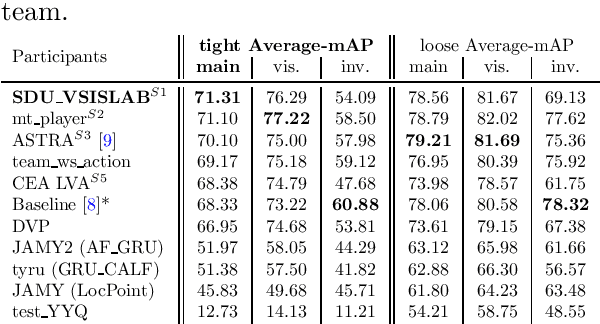


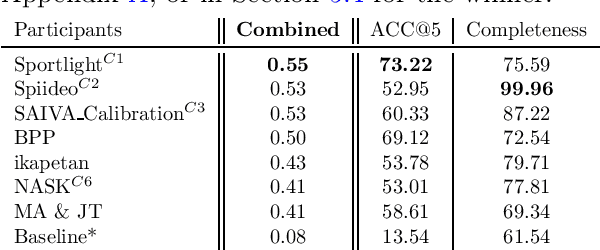
Abstract:The SoccerNet 2023 challenges were the third annual video understanding challenges organized by the SoccerNet team. For this third edition, the challenges were composed of seven vision-based tasks split into three main themes. The first theme, broadcast video understanding, is composed of three high-level tasks related to describing events occurring in the video broadcasts: (1) action spotting, focusing on retrieving all timestamps related to global actions in soccer, (2) ball action spotting, focusing on retrieving all timestamps related to the soccer ball change of state, and (3) dense video captioning, focusing on describing the broadcast with natural language and anchored timestamps. The second theme, field understanding, relates to the single task of (4) camera calibration, focusing on retrieving the intrinsic and extrinsic camera parameters from images. The third and last theme, player understanding, is composed of three low-level tasks related to extracting information about the players: (5) re-identification, focusing on retrieving the same players across multiple views, (6) multiple object tracking, focusing on tracking players and the ball through unedited video streams, and (7) jersey number recognition, focusing on recognizing the jersey number of players from tracklets. Compared to the previous editions of the SoccerNet challenges, tasks (2-3-7) are novel, including new annotations and data, task (4) was enhanced with more data and annotations, and task (6) now focuses on end-to-end approaches. More information on the tasks, challenges, and leaderboards are available on https://www.soccer-net.org. Baselines and development kits can be found on https://github.com/SoccerNet.
Exploring ML testing in practice -- Lessons learned from an interactive rapid review with Axis Communications
Mar 30, 2022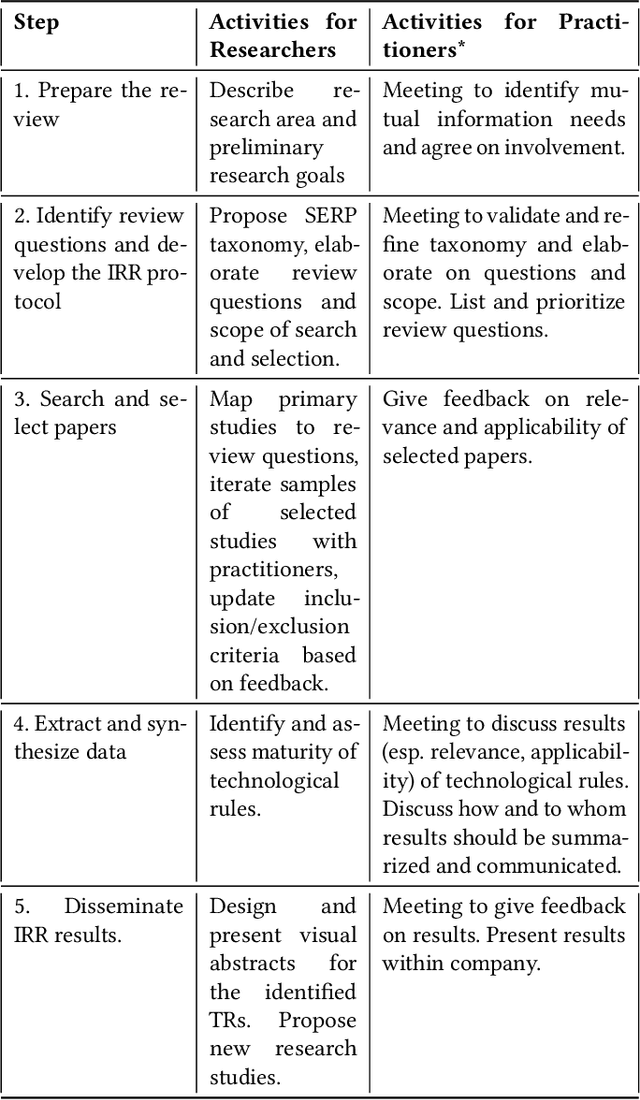
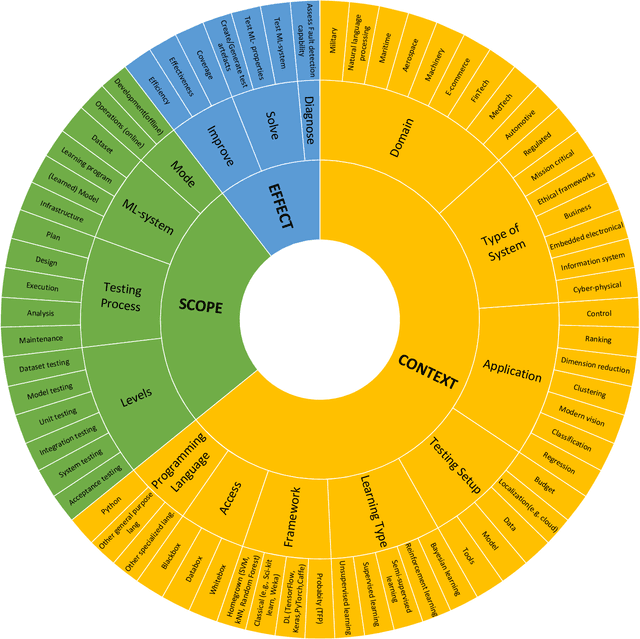
Abstract:There is a growing interest in industry and academia in machine learning (ML) testing. We believe that industry and academia need to learn together to produce rigorous and relevant knowledge. In this study, we initiate a collaboration between stakeholders from one case company, one research institute, and one university. To establish a common view of the problem domain, we applied an interactive rapid review of the state of the art. Four researchers from Lund University and RISE Research Institutes and four practitioners from Axis Communications reviewed a set of 180 primary studies on ML testing. We developed a taxonomy for the communication around ML testing challenges and results and identified a list of 12 review questions relevant for Axis Communications. The three most important questions (data testing, metrics for assessment, and test generation) were mapped to the literature, and an in-depth analysis of the 35 primary studies matching the most important question (data testing) was made. A final set of the five best matches were analysed and we reflect on the criteria for applicability and relevance for the industry. The taxonomies are helpful for communication but not final. Furthermore, there was no perfect match to the case company's investigated review question (data testing). However, we extracted relevant approaches from the five studies on a conceptual level to support later context-specific improvements. We found the interactive rapid review approach useful for triggering and aligning communication between the different stakeholders.
Multi Target Tracking by Learning from Generalized Graph Differences
Aug 19, 2019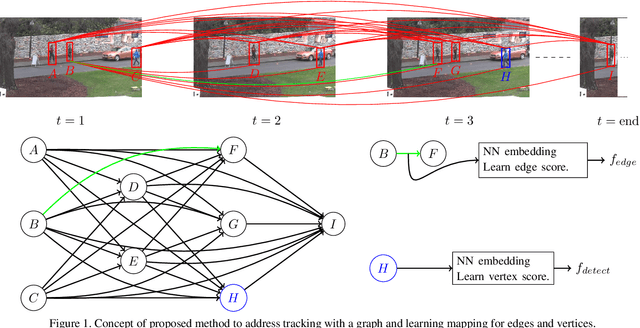
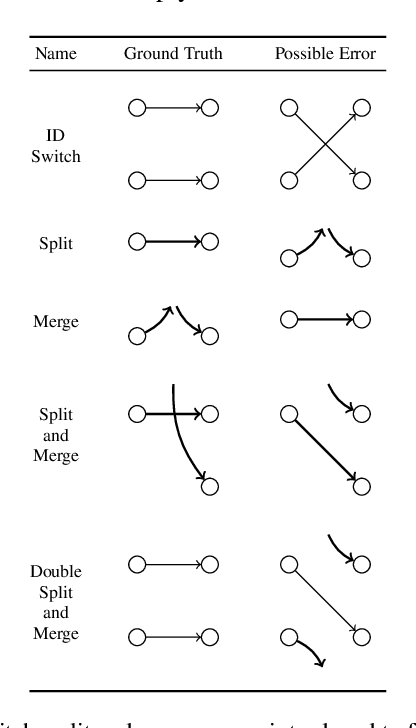
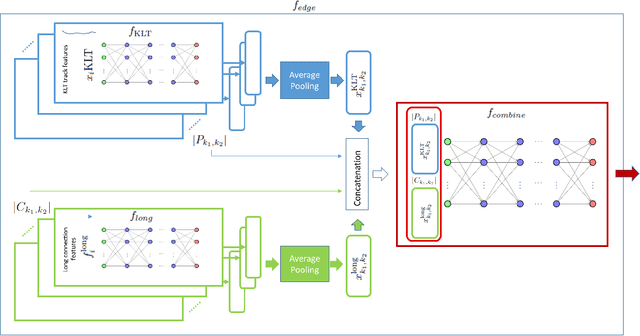
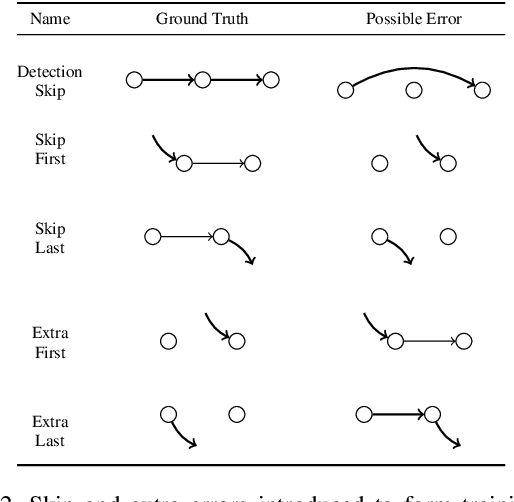
Abstract:Formulating the multi object tracking problem as a network flow optimization problem is a popular choice. In this paper an efficient way of learning the weights of such a network is presented. It separates the problem into one embedding of feasible solutions into a one dimensional feature space and one optimization problem. The embedding can be learned using standard SGD type optimization without relying on an additional optimizations within each step. Training data is produced by performing small perturbations of ground truth tracks and representing them using generalized graph differences, which is an efficient way introduced to represent the difference between two graphs. The proposed method is evaluated on DukeMTMCT with competitive results.
 Add to Chrome
Add to Chrome Add to Firefox
Add to Firefox Add to Edge
Add to Edge